
Toronto Waterfront’s Timber House Set to Pioneer New Methods in Construction Materials
Subscribe to our Newsletter!
Get our latest news straight into your inbox

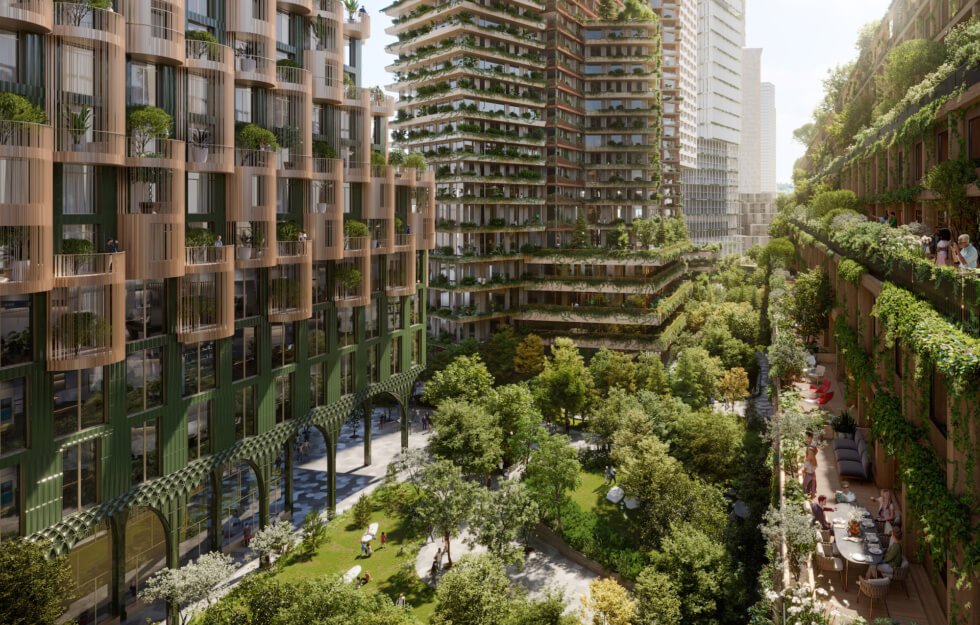
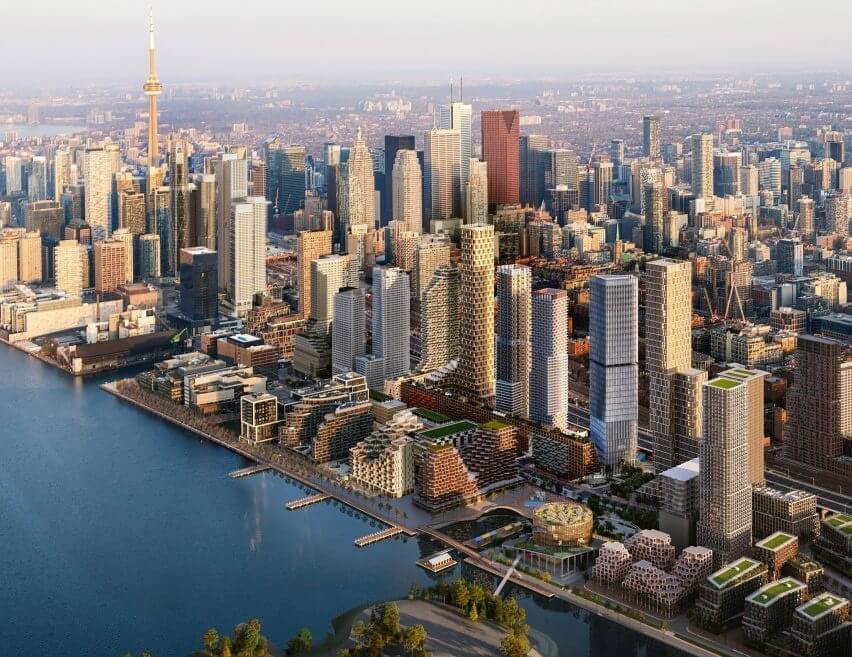


Specifically, there will be at least 8,000 square meters of total green space between the building and other developments in what proponents are touting as a kind of oasis in the middle of a large city. To bolster this effort, the space will host cultural events and centers with a particular nod towards Indigenous communities. The goal is to create a thriving community space as well as one that attracts visitors and tourists to the area though the primary goal is, first, to establish a strong community atmosphere. If successful, the Timber House and related projects could become a kind of blueprint for similar work in other cities and even in Toronto itself as sustainability and healthy urban living become increasingly important to consumers moving forward.
Images courtesy of Adjaye Associates
Mensgear.net
Share This
Subscribe To Our Newsletter
Stay informed with our latest news delivered directly to your inbox.




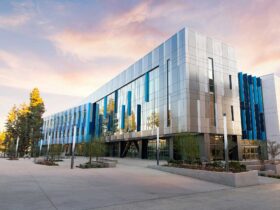




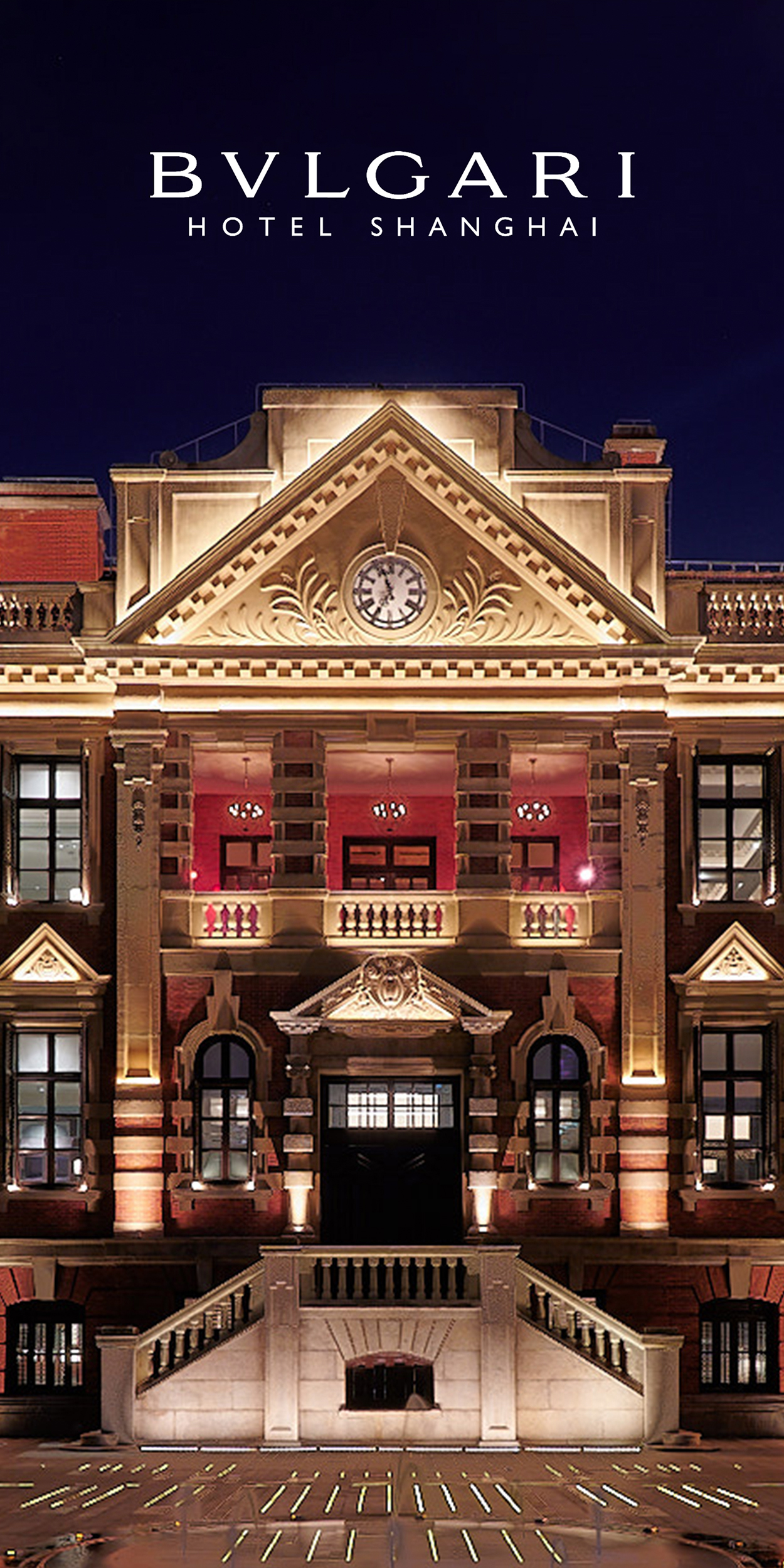




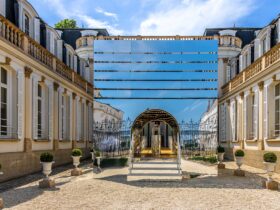

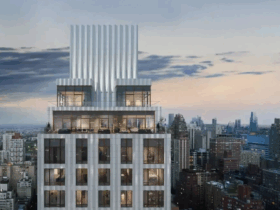
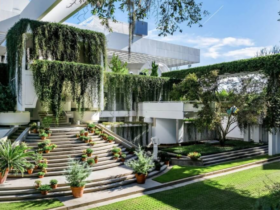

Leave a Review